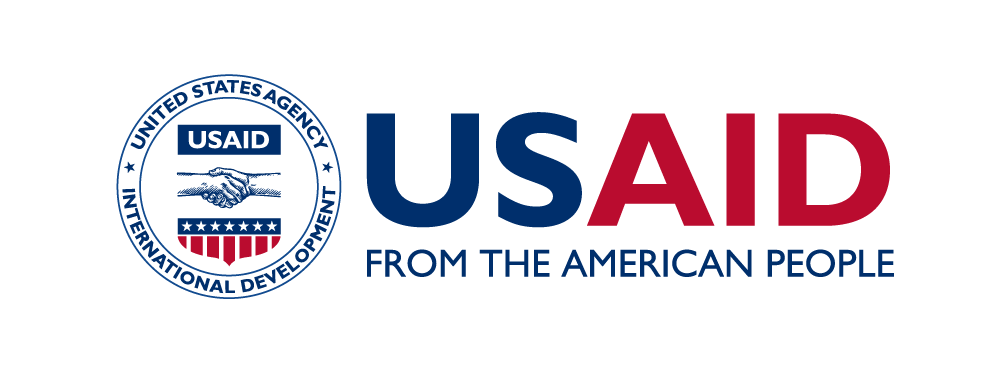ANALYZING FISCAL SPACE FOR HEALTH IN NASARAWA STATE, NIGERIA
Categories: Health Finance, Publications, Resource Mobilization
Resource Type: Report
Published: August 2018
Resource Description: Nasarawa state has experienced impressive improvements in health outcomes and has done well both in its rate of progress and relative to its income level. Infant mortality has declined over the past 3 years from 109/1000 in 2011 to 81/1000 in 2016. Under-Five mortality rate has reduced from 182/1000 in 2011 to 121/1000 in 2016 likewise Full immunization coverage increased from 14.1 percent in 2011 to 21.4 percent in 2016. The challenges of equity in access to health services and high out of pocket payments needs to be addressed. Geographic and income-related inequalities in population health outcomes remain large and are increasing. For example, the decline in infant and under-five mortalities is not uniform as some LGAs may have experienced a rise. Using estimated national figures from the 2016 National Health Accounts, household health expenditure remains at about 75.2 percent of the total health expenditure. The policy response to these challenges has been to decentralize the National Health Insurance Scheme through the establishment of the State Health Insurance Schemes as a protection mechanism against the financial risk of ill health and the inequities that persist. Other initiatives include the Primary Health Care (PHC) revitalization efforts that seek to make one PHC per ward fully functional in terms of all required service inputs. There is a growing appetite to expand a basic minimum package of health services to all residents of Nasarawa state and improve coverage of critical health interventions. Despite the recent economic slow-down, there are emerging pressures to increase government spending on health to meet the objectives.
The pertinent question is availability of fiscal space to finance the impressive initiatives outlined as a response. This report assesses all potential sources of fiscal space including conducive macro-economic conditions, reprioritization of health sector within Government’s existing expenditure envelope, earmarking for health, increasing resources from external sources, and obtaining efficiency gains from improving the quality of spending to achieve more value for money.
Download



